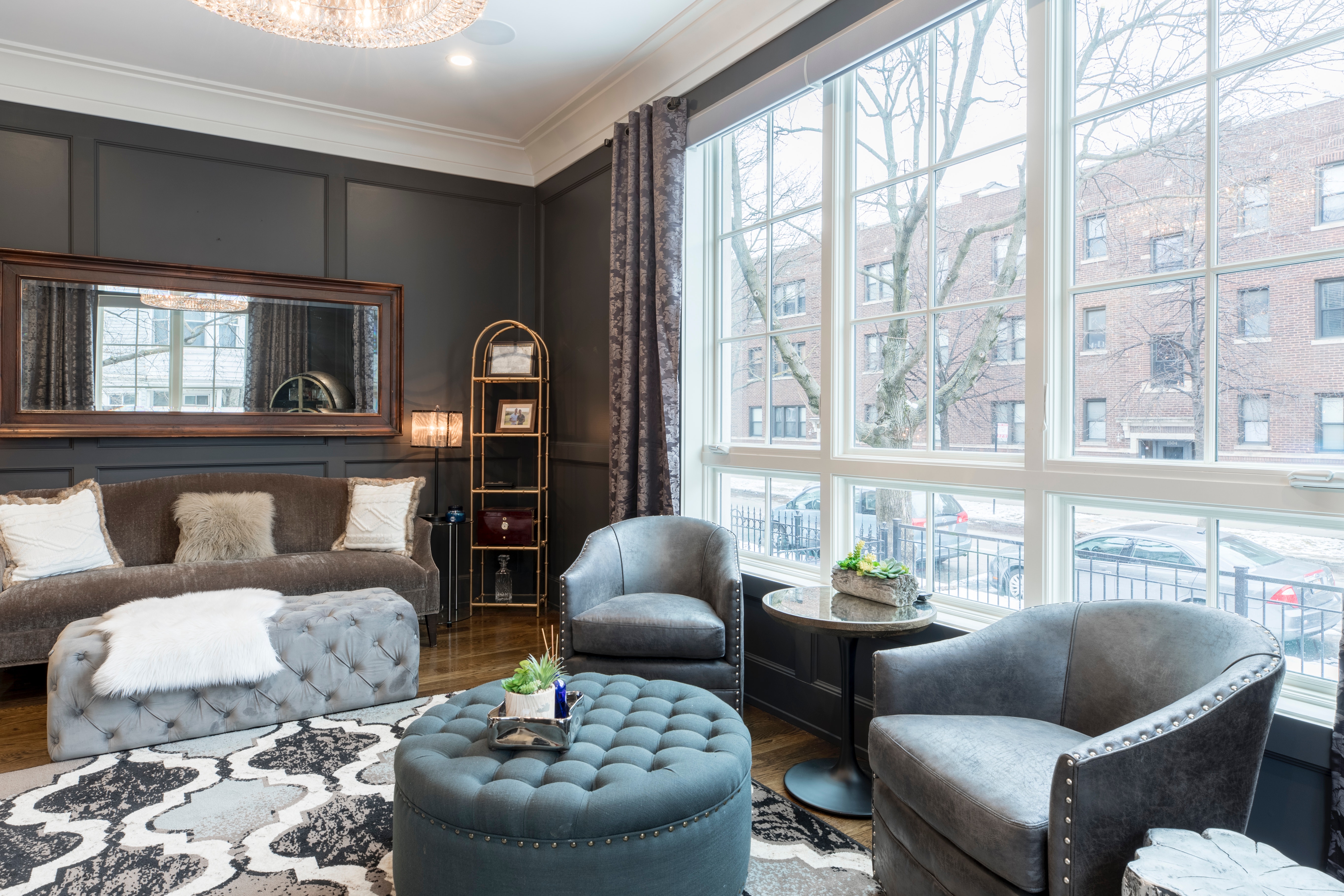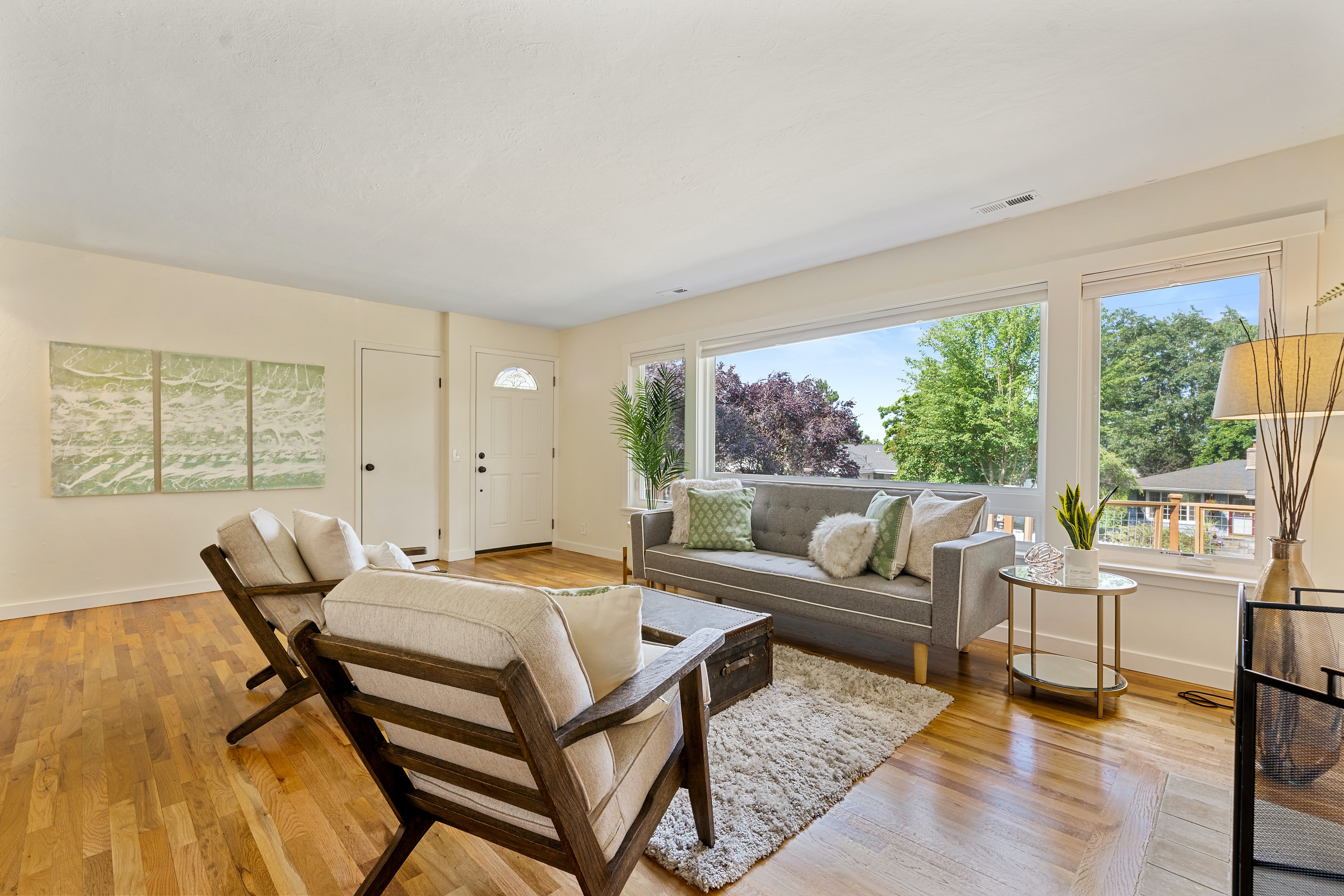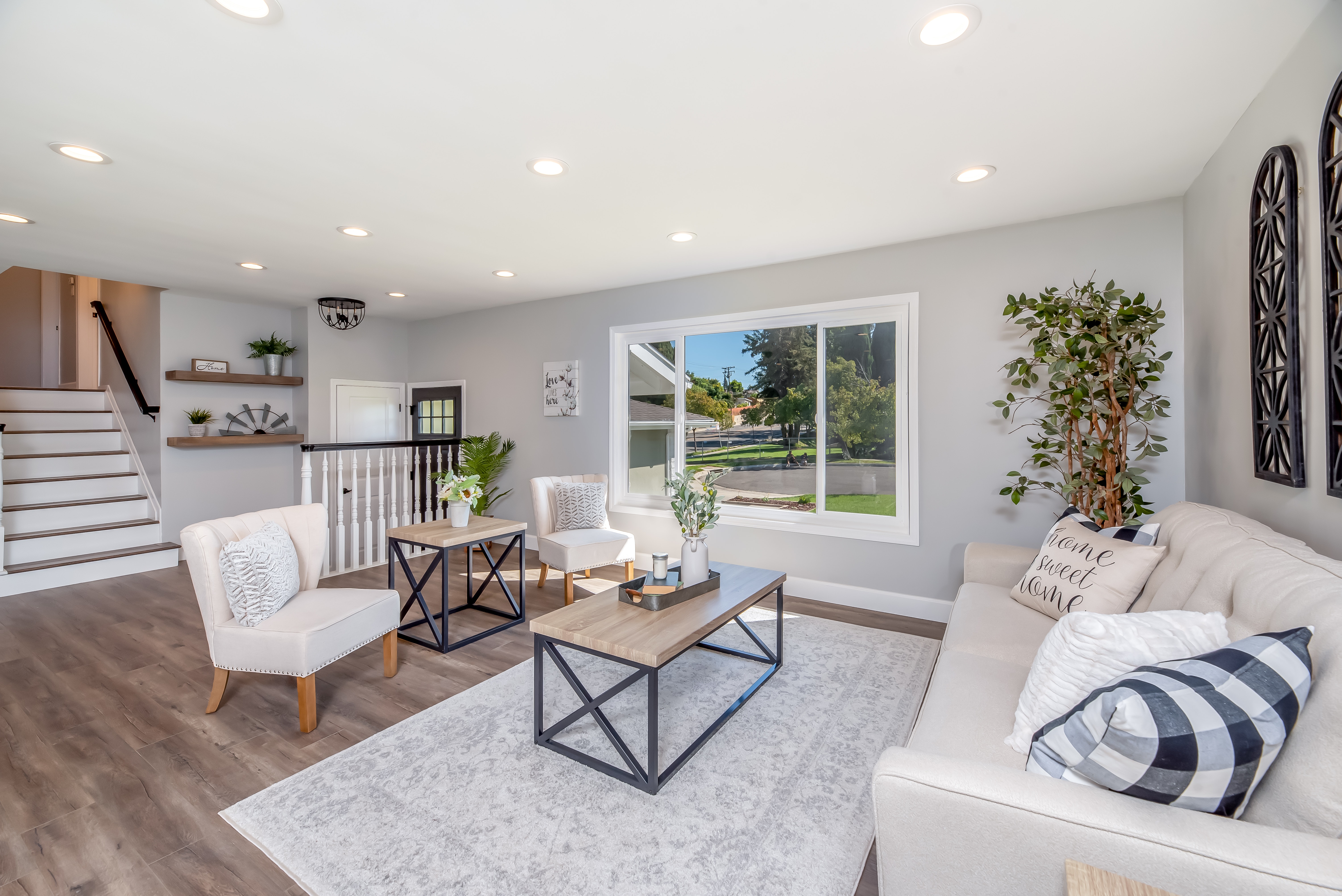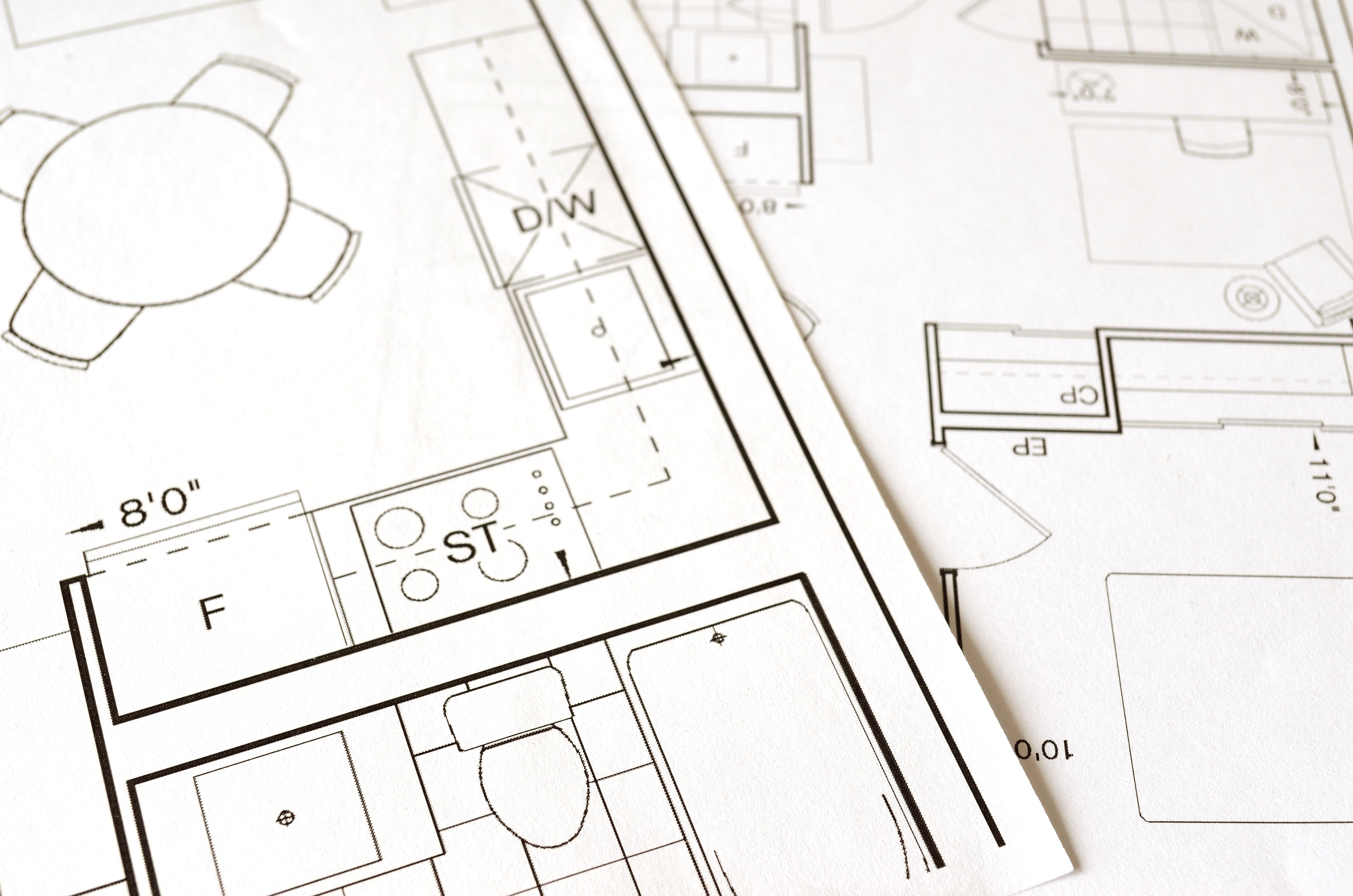Ways to Stretch Your Unemployment Benefits

By Maryalene LaPonsie, Contributor,
If you’ve been laid off, here’s how to make your money last:
Even if unemployment benefits can cover bills right now, workers should prepare to make changes to their budget and their lifestyle.
MORE THAN 36 MILLION Americans have filed for unemployment benefits since mid-March. While the government is providing a $600 per week boost to the benefits of eligible workers, that extra money only lasts until July 31. Plus, it may not be enough to bridge the gap for some workers.
Workers should prepare to make changes to their budget and their lifestyle. People want to create a semblance of normality, but there is so much uncertainty.
No one knows how long the COVID-19 pandemic will last or when we will return to previous levels. People should be careful not to wait until their financial situation becomes precarious before taking action. Instead, know how to do the following in order to stretch your unemployment benefits:
- How to change your budget.
- How to make extra money.
- How to wisely dip into retirement savings.
“Take a deep breath and look at what (you) have,” says Jeff Corliss, managing director and partner at advisory firm RDM Financial Group. He advises people to list all their assets first so they have a full picture of their financial status. Understand how much the budget needs to be adjusted.
Before you start making changes, add up your normal expenses and subtract them from your unemployment benefits and other income available. If you have a shortage, that will need to be made up by money from savings or cuts to your budget.
“When evaluating your budget, review the transactions on your bank statement,” says Brandon Tucker, a certified financial planner and manager of financial planning at eMoney Advisor. “If your recurring expenses are automated, it can be difficult to remember where your dollars are being spent, so it’s a good idea to look at each line item on your statement.”
Then, decide what you can do without. “You really want to be in a cash conservation mode,” says Dan Keady, chief financial planning strategist at financial services firm TIAA. Again, you don’t want to wait until you are in financial crisis to make changes.
Eliminating subscriptions to streaming services and limiting takeout meals are both easy ways to cut monthly costs. Many mortgage companies and landlords are being flexible right now, so call to inquire into whether reduced or delayed payments might be an option as well. Also call your auto insurance company to see if cheaper coverage might be available now that you are no longer commuting.
Health insurance is the one expense you don’t want to cut. Getting sick without having medical coverage could be financially devastating and compound the problems caused by unemployment.
After adjusting your budget, you may want to look at how you can bring in some extra money until you are called back to the workplace. However, tread cautiously here since earning too much could make you ineligible for unemployment benefits.
“You really need to find out what your state allows,” Keady says. Some states limit people to a specific amount of earnings while others also limit the number of days a person can work. A few states have both requirements. For instance, in New York, unemployed workers can receive partial benefits so long as they work fewer than four days and earn no more than $504 in a week.
Assuming you are able to work, picking up temporary side jobs may be a simple way to supplement. Instacart, Shipt and DoorDash are all delivery services that may need an influx of workers during the pandemic. Selling items on online marketplaces such as Etsy may also be an option.
“If they can, (workers) should try to rebuild their skills,” Wilson says. Some community colleges are offering free classes to unemployed or underemployed workers. Courses through websites such as Skillshare or LinkedIn Learning may also be a source for online training.
While it may be tempting to go into debt to cover bills, it can make financial recovery for your family even more difficult. “Being unemployed is temporary, but high interest credit card debt is not,” Tucker says.
The CARES Act gives workers another way to access needed money. Under the law, those affected by the coronavirus can withdraw up to $100,000 from an IRA or 401(k) account in 2020. The money won’t be charged a 10% early withdrawal penalty, although funds from traditional accounts are subject to regular income tax. Those taxes can be paid off over a three-year period. The money can also be returned to a retirement account within three years of the distribution and not apply to annual contribution limits.
“That’s one of the last resorts I would use,” Corliss says. “You could blow up your retirement if you’re not thoughtful.”
If you do decide to dip into your retirement funds, make sure it isn’t simply delaying the inevitable. For example, don’t use money from a retirement account to make mortgage payments on a house you won’t be able to afford in the long term. If you don’t anticipate your income rebounding to a level at which it can support your lifestyle, it’s better to downsize sooner rather than later. Otherwise, you could end up losing not only the house, but your retirement fund as well.
Corliss remains optimistic about the future for American workers. He says, “It may hurt for a bit, but we’re going to get through this.”
by Chasity Rodriguez
Social Media Director

 Facebook
Facebook
 X
X
 Pinterest
Pinterest
 Copy Link
Copy Link















